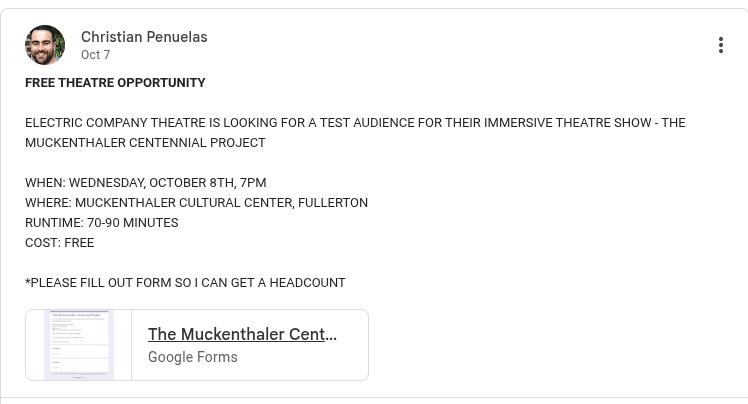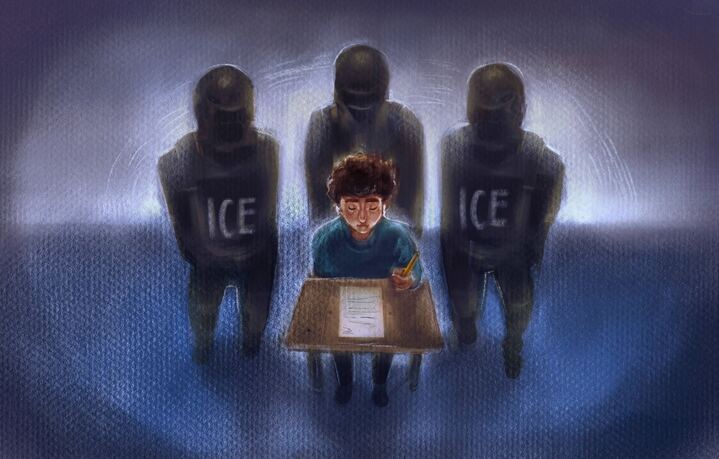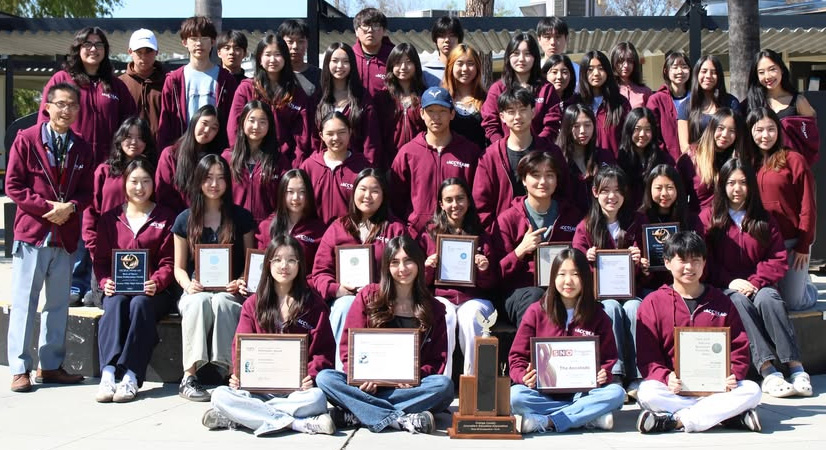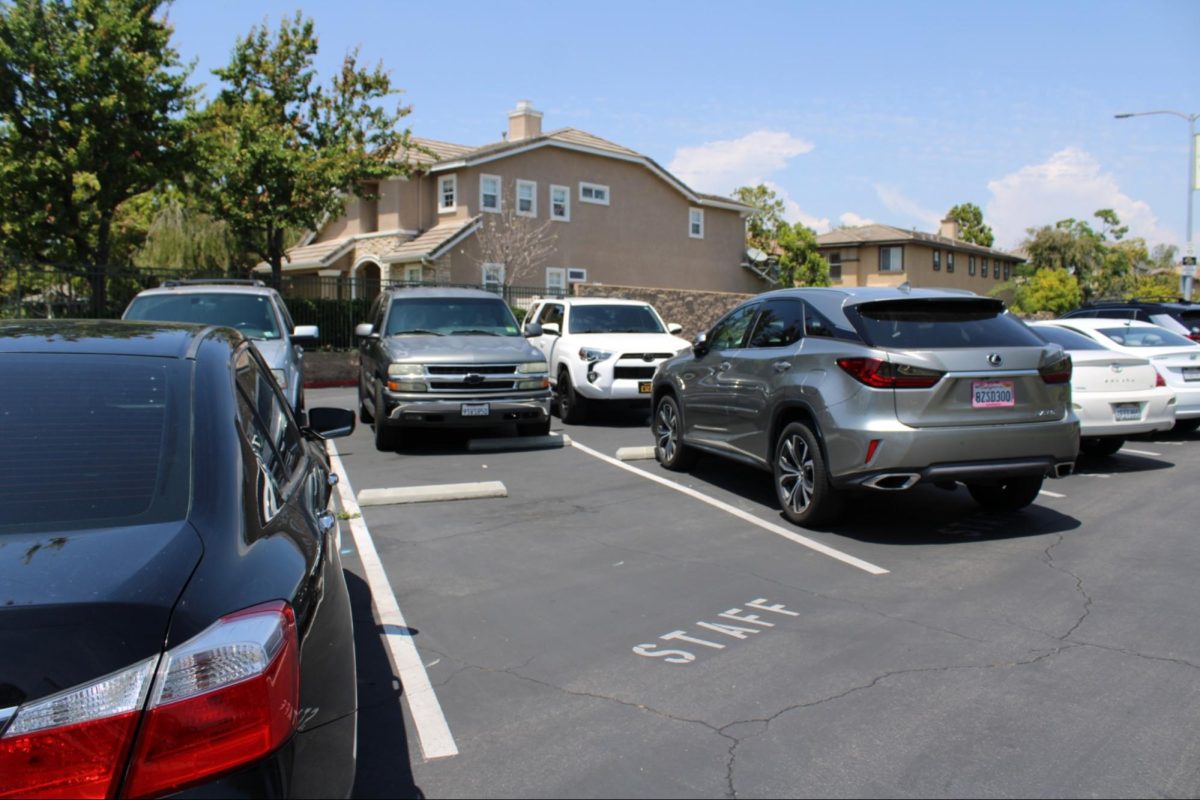SAT, SAT, SAT.
I’ve heard about this standardized test since elementary school from friends, teachers and parents. I was going into seventh grade at Parks Junior High when my parents got me my first tutor to improve my writing and test taking skills for the English portion of the SAT.
He said students like me spent five to six years studying sample SAT questions and passages while in junior high school so that by the time they reached their junior or senior year of high school, they would improve their chances of getting as close to a perfect score as possible on the exam.
Even though I don’t know how much it cost my parents to pay for my tutor, my parents sent me to this person once a week for two hours. I am still working with him today.
When I started my prep journey, I didn’t have any particular colleges I wanted to apply to, but I knew that studying for the SAT would slightly raise my chances of being widely accepted.
I learned skills and tricks for the test, such as picking apart passages from centuries ago with words that have several definitions and being able to correct misplaced modifiers, helping me on the grammar questions.
For example, I learned to answer the question that asked for the main idea of the passage last, because answering the other questions for that part would give a better understanding of the passage and more in-depth information about it.
I also learned that words can have completely different meanings with different contexts.
Because the College Board formulated many questions with answers with more than one plausible choice, it was essential to learn how to split hairs when taking the English portion. With these acquired skills, not only did I feel ready but also excited to take the test this school year, still continuing my tutoring to improve my English and test-taking skills.
Sometime during 2021, I heard that the SAT was moving online from my tutor, and I was initially disappointed – I was anxious that the format and test content would be completely different. After addressing this to my tutor, however, I found that my worries already had solutions to them.
The hard copy format of the SAT lasts three hours and includes a reading section that totals 90 minutes and two math sections equaling 80 minutes.
But in early 2022, the College Board released a statement announcing that it will be officially piloting an online version of the SAT exam in March 2024 for those in the United States and in 2023 for international students. With this implementation, the test is set to be reduced by an hour, and students will only have to complete one section for English and one for mathematics with each section being split into two “stages.”
Even with these changes, the way the total score of the SAT will stay the same.
The reduced test time is one of the biggest benefits that this change will bring. For the traditional test, many had to wake up early in the morning to take a three-hour long test – something that would mess with my test-taking skills and awareness.
So with the College Board’s decision to reduce the test’s length, I feel I can perform at a higher capability. Although the test will still start at the same time, I won’t be worn out, especially because it is an hour shorter.
One passage will also only have a single question to answer. As someone who took practice tests with more than 10 in-depth questions per passage, it was upsetting to see that the section I’ve spent lots of time practicing is getting shorter, but shorter sections, give more time for questions. When taking practice tests, I’d find that I would have very little time remaining once I finished the test, even though I knew the material.
According to the College Board, 80% of international students who took this digital format “found it less stressful.”
When this version comes to the U.S. next March, students will be able to take the test through their own devices at testing centers through a unique, adaptive test format that adjusts the difficulty of the test depending on how they performed in the first stage, according to College Board.
Additionally, the exam is said to only take a few days to return to students. With this change, I won’t have to wait several weeks for a test score.
My main concern was that the new adaptive system would not let me skip or go back to prior questions, but it’s relieving that College Board found a solution, which was to split the sections into two parts so that the first segment would determine the difficulty of the latter.
Despite my previous experiences practicing the SAT all on paper, the new change to digital hasn’t pressured me to sign up for the last time the SAT is administered on paper on Dec. 2.
As for my SAT prep books, I’m not going to throw them away. Although they aren’t as relevant as they were before, they still have information that I know will help me on the test.
Even though I know California public universities no longer require the SAT or ACT for college admissions, and I am still not sure which private colleges I plan on applying to, I see taking the digital version next year an accomplishment. I believe in finishing what I set out to accomplish.
And so even if I fail to meet my mid-1400s-mid-1500s goal for my SAT score, I will still be glad that I had the chance to be among the first in the United States to take the SAT online and experience what it’s like.














